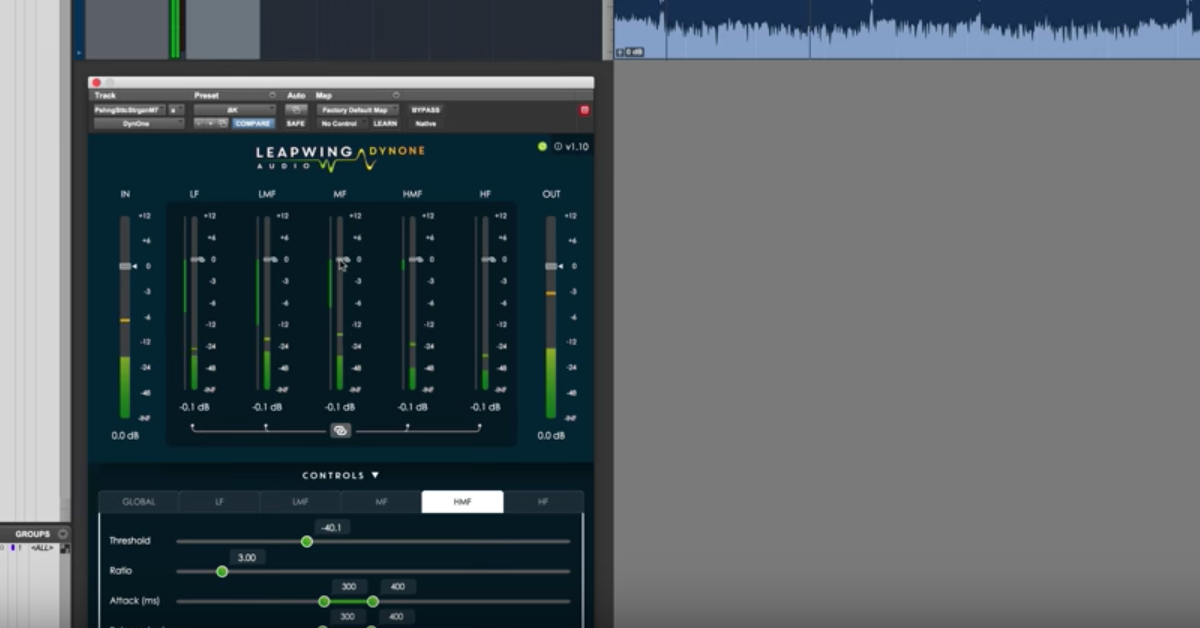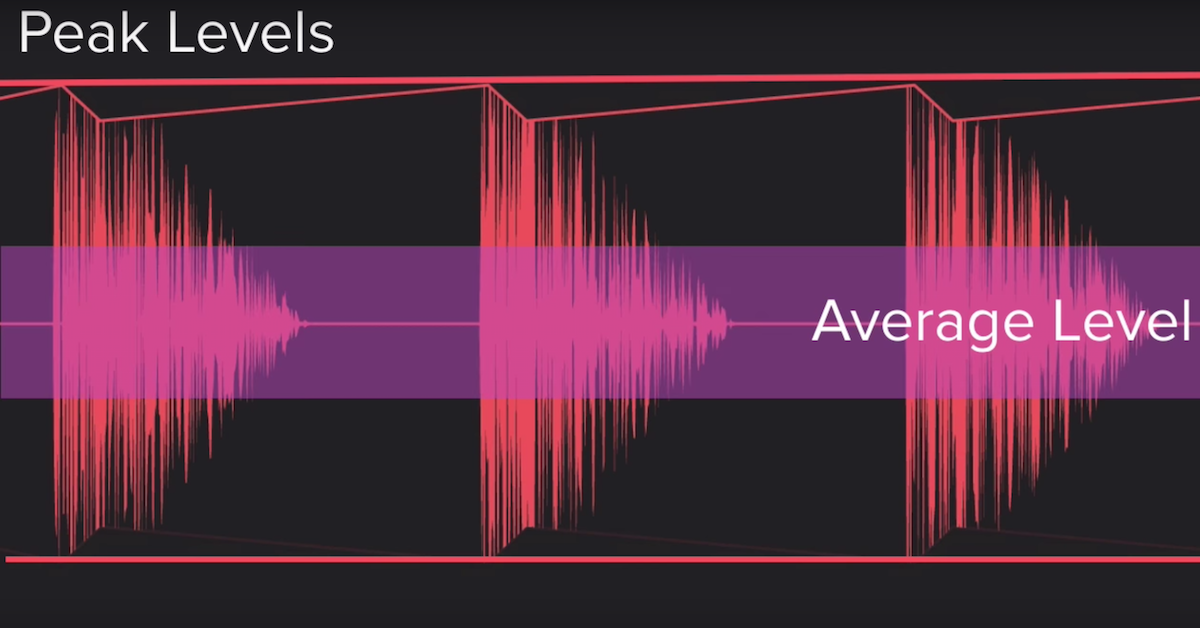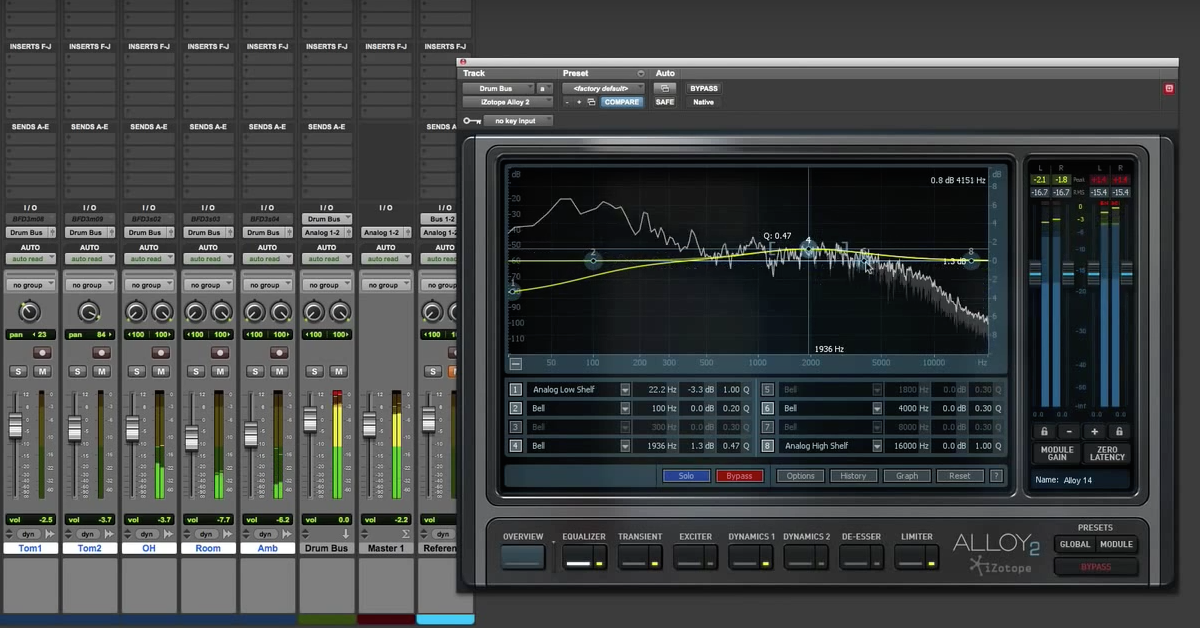Mixing with Mastering in Mind: Dynamics
Article Content
There are a lot of different ways to conceptualize ‘dynamics’ when we begin to think about a contemporary recording project. Some of them are powerful, and some of them are pointless. This article points out a few useful techniques for addressing dynamics during mixing, with mastering in mind.
Let’s start by considering dynamics at the largest most ‘zoomed out’ level. The fundamental question is whether it is musically appropriate for an album to be loud compared with other albums.
Maybe So
If overall loudness is the goal (and a smart one), know that your mixing decisions will have to rely on tonal dynamics to preserve and convey musical expression. Tonal dynamics are the natural changes in tone over the course of a phrase, or between different song sections. In the case of really loud music, level dynamics within the mix (and inconsistent approaches to level dynamics from mix to mix) will work against an interesting execution of loudness in mastering.
Counter intuitively, this means that mixing a “loud” record should rely as much as possible on simple level controls, as opposed to trying to control audio dynamics with compression. Ride the faders and automate. Heavy dynamics processing will usually moderate or distort the natural changes in tone that tell us exciting useful things like, “the singer is screaming now,” or “that’s a really nasty guitar part.”
Mutes are another useful tool for manufacturing a sense of change-over-time in mixes that are destined to be squeezed a bit. Reserve non-essential arrangement elements like keyboard and guitar layers, ad-libs, and pads for later re-iterations of the same musical form (i.e. the next verse or hook). These types of elements won’t really make the track jump up to a new loudness, but their addition will create tonal complexity and interest.
Finally, if you’re trying to effectively mix for loud or loudish mastering, be sure to consider the intersection of these two questions:
- What is the loudest element of a typical mix in this style of music?
- What is the brightest, most high frequency-focused element of my mixes going to be?
Most importantly, don’t let your answer for these two questions be the same. If your genre calls for loud vocals, let the drums, for example, be the brighter element. If the drums are the loudest element, be careful about how much non-essential material is presented above 10kHz or so. Let the guitars, keys, or other harmonic elements shimmer a little more in comparison.
These simple approaches can be a great set up for intensity if they are consistently executed across each mix in a project.
Maybe Not So Loud
If weaponized loudness doesn’t make sense for the music, then the level dynamics within musical phrases, and terraced levels between song sections become really useful tools for creating a powerful musical experience. The key is to make some smart choices about how much level change is expressive, and execute those choices consistently across all of the mixes.
One approach is to setup dynamic mixes from the highest level down. In other words, start mixing the tune at the top of its dynamic peak, like the big bridge or the most intense hook. Rough in each element at a level that works for its loudest passage. From that point, a lot of the work of mixing becomes pulling things up into focus when appropriate.
Instead of making sure the intensity doesn’t get too intense, this approach establishes the most expressive, full mix moment as the benchmark. Bounce reference mixes so you can compare these high points as you’re setting up subsequent mixes for the same project.
Not every recording project is destined to end up in a specialized professional mastering studio. In either case, mixing with strategic ‘whole project’ goals is a great way to make sure your mixing is serving the music.





